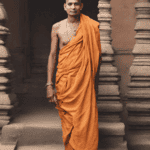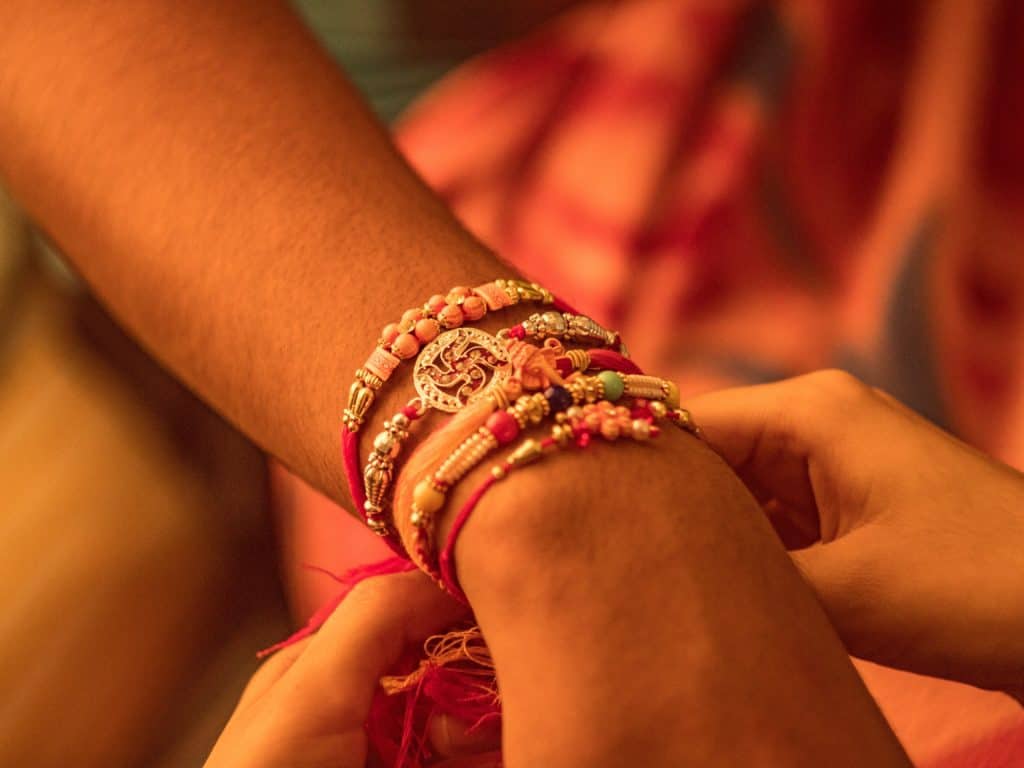
The love between a brother and a sister is incomparable. In the Indian subcontinent, there is a festival that is dedicated to this bond of the siblings. The festival is called Raksha Bandhan. It is also known as Raksha Poornima and Rakhi. Raksha Bandhan is one of the most popular festivals of the Hindus. This festival is celebrated to strengthen the bond between brother and sister. It is celebrated on the full moon day of the Hindu lunar month (Shravana Poornima). It is not only celebrated in India but also in Nepal, Mauritius and some parts of Pakistan (the parts where there is a Hindu population).
Raksha Bandhan is also known as Rakhi. Rakhi is a sacred thread which a sister ties on her brother’s wrist. Sister wishes for her brother’s prosperity while brother promises to protect her sister from all harms for her whole life.
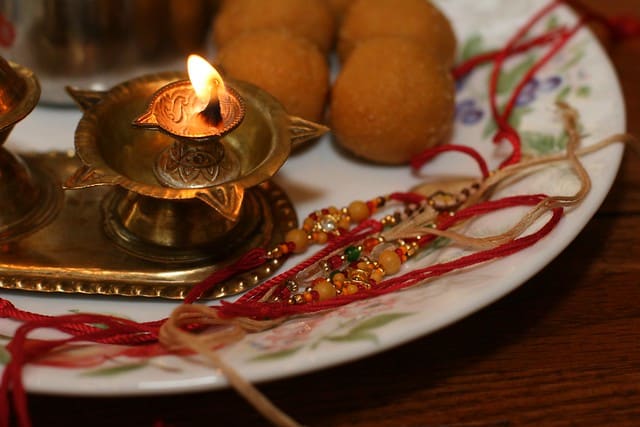
Meaning of Raksha Bandhan
Raksha Bandhan comprises of two words, ‘Raksha’ and ‘Bandhan’. Raksha means protection while the word Bandhan means bond. So, Raksha Bandhan together means a bond of protection. Rakhi symbolizes mutual dependence between the brother and the sister. Sister depends on her brother for her protection while brother depends on his sister for moral support, love, and affection. Raksha Bandhan is not only celebrated by the Hindus but also by the Jains and Sikhs. Even some Muslims are celebrating Raksha Bandhan nowadays.
How is Raksha Bandhan celebrated
On the day of Raksha Bandhan, everyone dresses up in traditional attires. Usually, married women go to their parent’s home to tie their brother’s rakhi. Both the sisters and the brothers fast till sisters tie rakhi to brothers. Sisters tie rakhi to their brothers after applying tika on their brother’s forehead and then they perform aarti and pray to god for their brother’s well being and then sweeten their brother’s mouth with sweets or chocolates. In return, brothers give them gifts and promise them that they will always protect them and help them throughout their lives.
Dressing Style
On this day people wear Indian ethnic clothes. If we talk about women, they can be seen wearing either a beautiful Saree or Anarkali Suits. Some women also choose to wear Lehenga-Choli. The most preferable fabric used for making these dresses are satin, silk, net, georgette, and cotton. Nowadays some women also wear Indo-Western outfits like embroidered gowns and tunics. If we talk about men, most of the men can be seen wearing Kurta- Pyjama while some prefer to wear Dhoti-Kurta also. Jackets are also the choice of some people nowadays. There are a variety of jackets ranging from Nehru Jackets to Bandhgala (Closed neck) Jackets. While most of the men wear ethnic clothes some men choose to wear formals like a shirt and a pant with a blazer too.
Food and Recipes
There are many food items that are made especially on this day. Sweet dishes like Kheer, Moong-Dal Halwa, Seviyan and Ghewar are made while snacks like Dahi Bhalle and Kachori can be seen in every house very easily.
I am sharing the recipe to make Dahi Bhalle here with you.
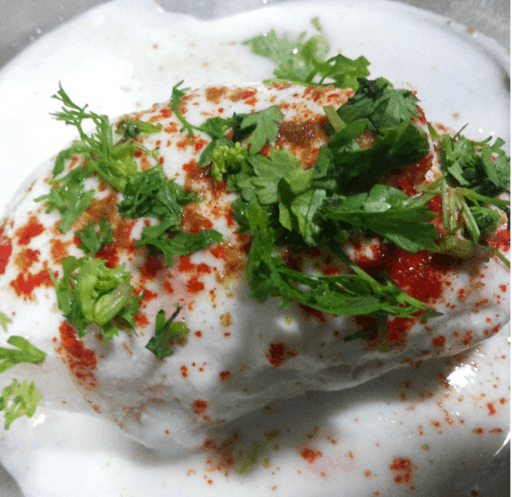
Dahi Bhalla
This is a very popular dish, especially in North India. For making bhalle we first need to take a ½ cup Urad Dal and 4 tbsp Moong Dal and then leave it overnight in water. Then we have to drain it and grind it with asafetida, and cumin seeds. We need to add water constantly to it and make a thick batter. Take the batter in a bowl and add salt. Stir the batter for a few minutes. Now, heat a pan with oil for deep frying. When the oil becomes hot, add a full spoon of the batter. Fry them till they turn golden-brown. When they are fully fried, soak them in water for 20-25 minutes. Take them out and dry them. Now, take 2 cups of curd in a bowl. Now, place these vadas in the bowl. Now, add boiled potato cubes, chickpeas, chat masala, tamarind chutney, and green chutney. Sprinkle red chili powder and cumin powder. At last, add some coriander leaves to it. Tasty Dahi Bhalle is ready.
Image Source: Wikimedia
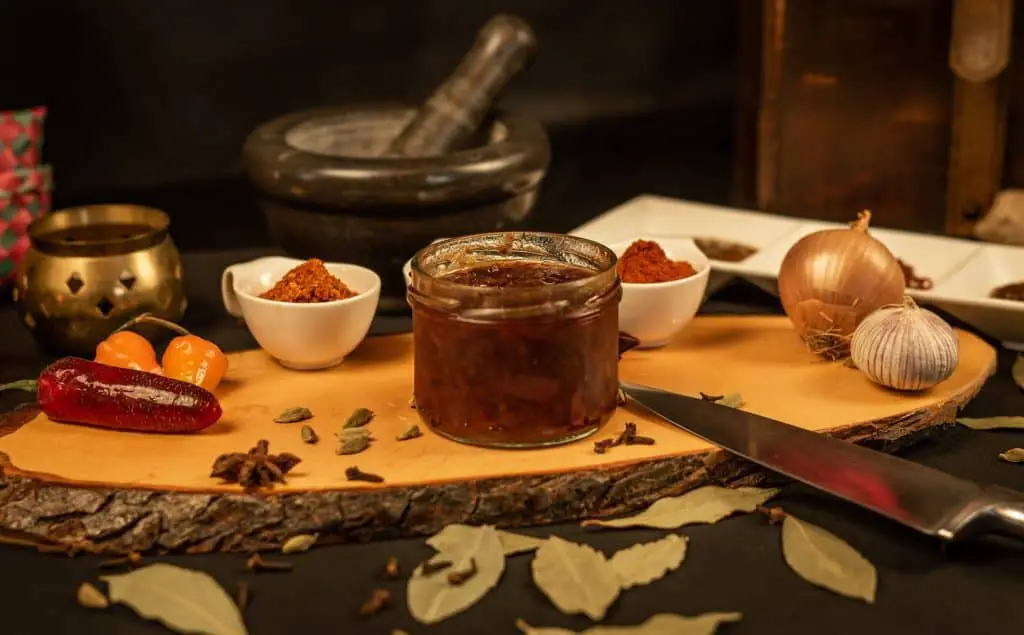
- Tamarind Chutney
Soak tamarind overnight. Now, strain the tamarind pulp with hands. Take some oil in a pan, add cumin seeds, chili powder, and asafetida. Stir and add the tamarind pulp. Now, add some jaggery and salt. Stir for 2-3 minutes and let the chutney thicken. Now, just let the chutney cool. Store the chutney in an air-tight container for future use. - Green Chutney
Take 1 cup coriander leaves, 2 green chilies, ½ inch ginger, and ½ cup lime juice. Add some salt to taste. Now, put all these ingredients in a blender and add little water to it. Now, blend it and make a thick paste. The green chutney is ready.
There are many historical as well as mythological stories associated with this festival.
Historical Stories
1. Empress Karnavati and Emperor Humayun
There is a very famous story about Empress Karnavati of Chittor and Mughal Emperor Humayun associated with Raksha Bandhan. It is said that when Sultan Bahadur Shah Zafar was about to attack Chittor and the Empress Karnavati knew that her army was weaker than Emperor Zafar’s army. She sent a rakhi to Emperor Humayun and asked him to help her (as Mughals were very powerful at that time). When Emperor Humayun received the rakhi along with the message of Emperess Karnavati, he was really touched. He then ordered his army to go and help Empress Karnavati’s army. Unfortunately, Emperor Humayun himself could not make it on time. Empress Karnavati’s army was defeated by Emperor Zafar’s army and Empress Karnavati followed the Rajput Jauhar custom and immolated herself. But Emperor Humayun defeated Emperor Zafar’s army and restored Empress Karnavati’s kingdom to her son, Vikramjit.
2. Queen Roxana and King Porus
Around 326 BC there was going to happen a battle between Alexander the Great who invaded India and King Porus of Pauravas. Queen Roxana, wife of Alexander the Great didn’t want her husband to get harmed. So, she sent King Porus a sacred thread and requested him not to harm her husband during the battle. King Porus respected Queen Roxana’s Rakhi and didn’t harm King Alexander on the battlefield due to which he lost the battle of Hyadaspes. King Porus won King Alexander’s honor and respect and he was made the governor of King Alexander’s kingdom by King Alexander. King Alexander also granted King Porus the power to rule and control south-eastern lands extending until the Hyphasis.
3. Maharani Jind and King of Nepal
When Maharaja Ranjit Singh was the ruler of the Sikh empire, his wife Maharani Jindani sent a rakhi to the king of Nepal. King of Nepal promised Maharani Jind that he will help her in need. In 1849, when the Britishers conquered all the Sikh territories, the king of Nepal kept his promise and accepted Maharani Jind as a refugee in his Hindu Kingdom of Nepal.
4. Rabindranath Tagore
Rabindranath Tagore told everybody that rakhi is not only limited to brothers and sisters or only to Hindus. He said rakhi is a symbol of love and brotherhood. We should tie rakhi to our friends, relatives, and even our neighbors. Since then, in Bengal people tie rakhi to everyone as a vow of mutual protection.
Mythological Stories
1. Goddess Lakshmi and Demon King Bali
Bali was a great devotee of Lord Vishnu. When Bali asked Lord Vishnu to protect him, he could not refuse. Lord Vishnu went to Bali, not as Lord Vishnu but as a doorman. In the absence of Lord Vishnu, his wife Goddess Lakshmi started to miss him and then she decided that she will also go to Bali. She went to Bali as a needy woman looking for a place to stay. Bali opened the doors of his palace for her. As she entered his palace, she blessed him with prosperity and wealth. On the full moon night of the Hindu lunar month, she tied him a cotton thread and in return, he asked about her wish. She told him that the doorman is actually Lord Vishnu and she is Goddess Lakshmi and she wants to take Lord Vishnu back with her. Bali fulfilled her wish and asked Lord Vishnu to leave. Lord Vishnu got more impressed with Bali and told him that he will stay with Bali for four months every year.
2. Krishna and Draupadi
Rakhi’s importance could be seen during the Mahabharatha also. On the occasion of Makar Sankranti, Lord Krishna accidentally cut his little finger and started bleeding. Seeing him bleeding while Krishna’s wives were looking for bandages Draupadi came towards him, immediately tore a part of her pallu (free end of the saree) and tied it to Lord Krishna’s finger. This action of Draupadi touched him. Lord Krishna, in return, promised to help and protect her. He kept his promise and helped Draupadi when she asked for his help during the cheerharan (disrobing).
3. Yamaraj (The God of Death) and the Yamuna
When the river Yamuna was about to die by drying up, she asked her brother Yama to visit her but Yama didn’t visit her. The Yamuna had to take help from river Ganga for about 12 years. Ganga one day reminded Yama that his sister the Yamuna wants him to visit her. Yama thought it has been a long time since he visited the Yamuna so he decided to meet her. When the Yamuna got to know that her brother Yama was coming to meet her, she became very happy. She made all different kinds of food for her dear brother. When her brother Yama arrived, she tied him a rakhi and fed him. Her brother asked her what she wants as her gift. She told him she wants him to visit him again soon. Yama got to know about the amount of lover her sister has for him and then he blessed her with eternal life.
4. Goddess Parvati and Lord Vishnu
It is said that Goddess Parvati is the sister of Lord Vishnu. When Goddess Parvati tied him Rakhi, he promised her that he will help her at the right time and he did help her. Lord Vishnu helped Goddess Parvati to win Lord Shiva’s heart. Because of Lord Vishnu, Lord Shiva accepted Goddess Parvati’s marriage proposal. All the rituals of Lord Shiva and Goddess Parvati’s marriage were also performed by Lord Vishnu as he was Goddess Parvati’s brother.
5. Goddess Santoshi and Lord Shubh and Lord Labh
On the day of Raksha Bandhan, when Lord Ganesha’s sister Manasa tied him a rakhi, Lord Ganesha’s children Shubh and Labh became angry. They told Lord Ganesha that they also want a sister to tie the rakhi. Lord Ganesha tried his best to console them but they were not even ready to listen to him. Then Lord Ganesha took the divine flames which were emerging from Goddess Riddhi and Goddess Siddhi and used that flames to create Goddess Santoshi. This was how Goddess Santoshi was created.
Regional Rituals
- In Maharashtra, on the day of Raksha Bandhan sisters tie rakhi to their brothers as other states but the men of Koli community (fishermen community) throw coconuts in the sea and offer prayers to Lord Varuna (the Lord of the sea).
- In some regions of North India, people fly kites. In Jammu, the sky can be seen filled with kites on this day.
- In Haryana, priests tie good luck charm to people for their well being.
- In Nepal, some Hindus, and Buddhists tie rakhi to each other on the day of Raksha Bandhan while some Hindus tie rakhi to each other on the day of Deepawali.
- In West Bengal, this day is known as Jhulan Poornima. On this day, people worship Lord Krishna and Goddess Radha.
What Puranas say about Raksha Bandhan
According to Puranas, Raksha Bandhan was not originally a festival of brothers and sisters. As mentioned in Narada Purana, rakhi was tied to a person’s wrist when he was about to start Vedic studies. It is written in Purana that mustard seeds and unbroken rice grains should be kept in a red cloth and then it should be tied with a thread smeared with saffron. The devotee then prays to Lord Vishnu and all the other gods. He should be tied the rakhi by a Brahman only. The rakhi is always tied on the right wrist. He should feed 7 sages and after feeding them he should give them Dakshina. He then should wear a thread or rakhi made by himself which also should be colored with saffron. He should eat only once that day. After performing all these rituals he should start his Vedic study.
Some Unknown Facts About Raksha Bandhan
- People in India used to tie rakhi to trees to protect them and still in some parts of India they tie rakhi to trees.
- There are even some Bollywood movies which are based on this festival.
- In Kumaon of Uttrakhand, people not only tie rakhi to each other but they also change the sacred thread ‘janeu’ or ‘janewar’ (worn by the Brahmins). The people of Maharashtra also change their sacred thread on the bank of a river or sea on this day.
- On the day of Raksha Bandhan, many state’s road transport corporation gives a free ride to women from morning till night.
- In Maharashtra, Raksha Bandhan is also known as Nariyal Poornima.
- There are many specific dishes like Ghewar, Meethepare, etc. which are made on the day of this festival.
- In western- India, girls tie Lumba (a different kind of rakhi) to their sisters-in-law to show their love towards them.
Raksha Bandhan brings the whole family together. This festival is a symbol of love and brotherhood. The Rakhis are no more only a cotton or silk thread. They now come in different styles and designs. Similarly, brother earlier only used to give their blessings then they moved to money and now they give costly gifts to their sisters. The rakhis and gifts may have changed but the feeling of love and affection behind this festival is still the same.
